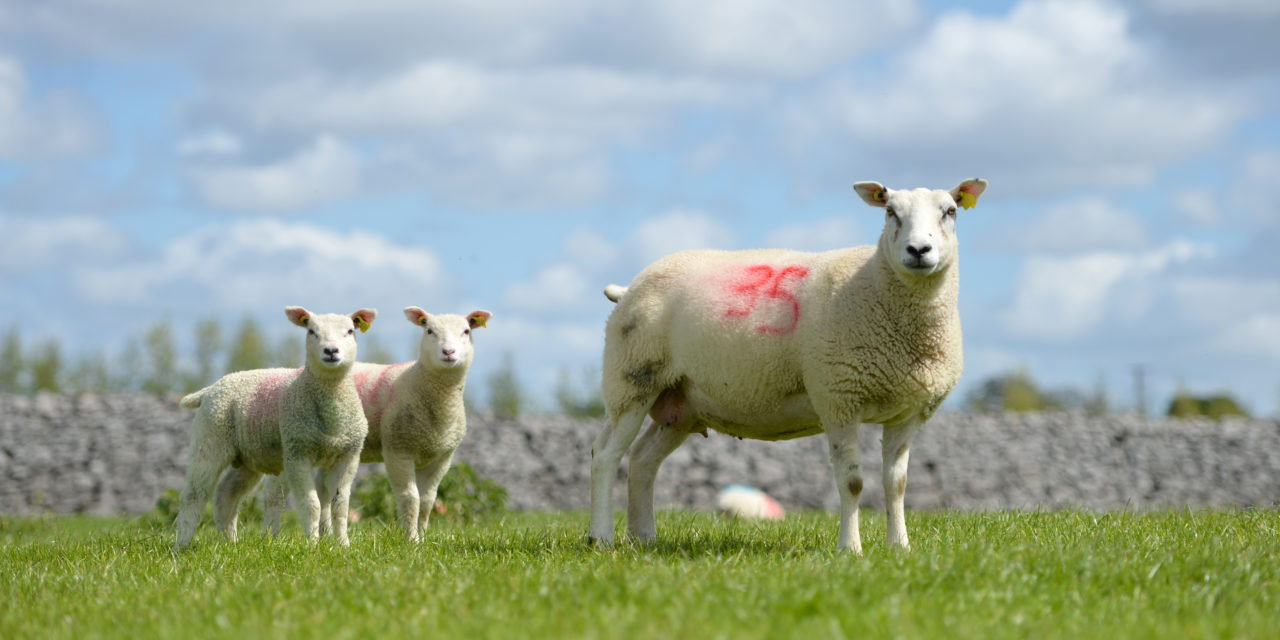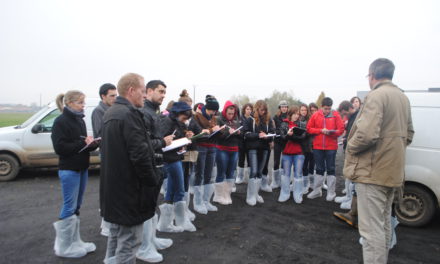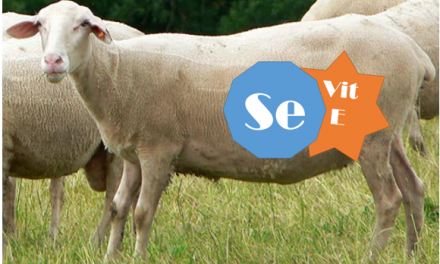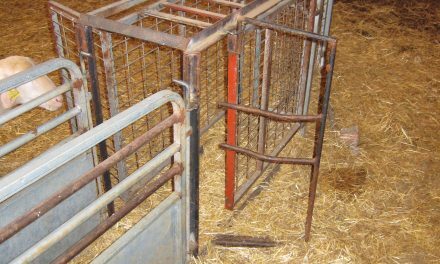This post is also available in:
![]()
![]()
![]()
![]()
![]()
![]()
Managing ewe lamb replacements to lamb at 1 year old
Solution name: Managing ewe lamb replacements to lamb at 1 year old
Aim: To manage ewe replacements to produce their first litter at 1 year of age
Description:
- Replacements are a major cost in mid-season prime lamb production systems
- equivalent to 25% of the value of lamb carcass output that she will produce during her lifetime
- One option for reducing replacement costs is to lamb at one year of age with the objective of increasing lifetime productivity
- Lambing at one year of age has no effect on ewe productivity when lambing at 2 years of age
Topic: Nutrition and Management
Production: Dairy / Meat
Animal Category: Adult / Lamb / Replacement
Issue: Ewe nutrition
Level of Solution: Knowledge, Practical
Country: Ireland
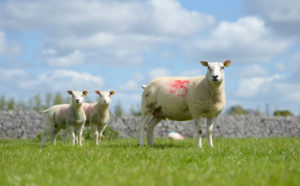
How to implement it
- As ewe weight at joining increases, the probability of rearing at least one lamb improves
- Target greater than 60% mature body when joining at 8 months of age
- The “ram effect” can be used
- to induce ewes (ewe lambs or adult ewes) to start cycling provided they are sufficiently close to the time of onset of normal cyclicity, but have not entered their breeding season
- to ensure that all ewes in the flock are at the stage of exhibiting overt oestrus during the first 17 days of the joining period
- For the “ram effect” to work the ewes should have not been in contact (either sight or smell) with rams for the previous month
- The “ram effect” timetable is summarised in Table 1
Table 1. Timetable for use of the “ram effect”
|
Day |
|
|
1 |
Introduce aproned rams |
|
3 |
Remove aproned rams |
|
14 |
Introduce fertile rams |
|
18 |
1st peak in matings |
|
23 |
2nd peak in matings |
- Nutrition during pregnancy
- needs to meet the requirements for pregnancy and facilitate body weight gain to meet mature body weight
- requires high feed value forage and concentrate supplementation from mid pregnancy
- Each 5 kg increase in adolescent ewe weight at lambing increased lamb
- birth weight by 0.25 kg
- daily growth rate by 10 g
- Post lambing manage twin rearing adolescent ewe the same as triplet rearing mature ewes
Expected benefits
- Improve lifetime ewe productivity and have more experience when lambing at 2 years of age
Cost Benefit analysis
Lambing at one year of age requires additional inputs (feed, medicine and labour) to meet pregnancy and growth requirements of the replacements and their lambs. This results in an increase in ewe lifetime performance, while maintaining growth targets for joining to lamb at two years of age.
Sustainability analysis
Lambing ewes at one year of age improves feed and grazing efficiency as the ewes are rearing more lambs during their lifetime. Greenhouse gas emissions per kg of carcass is reduced due to improved animal performance/output.
Lambing at one year of age increases flock output at a low cost and improves farmer image.
Prerequisites and/or limits
- When using the “ram effect” it is essential to have
- an adequate number of rams for mating (1 experience ram per about 25 ewes)
- adequate facilities and labour to cope with the flock during the lambing season
- Ewe lambs need to be greater than 60% mature bodyweight at joining and offered a good plane of nutrition during pregnancy

